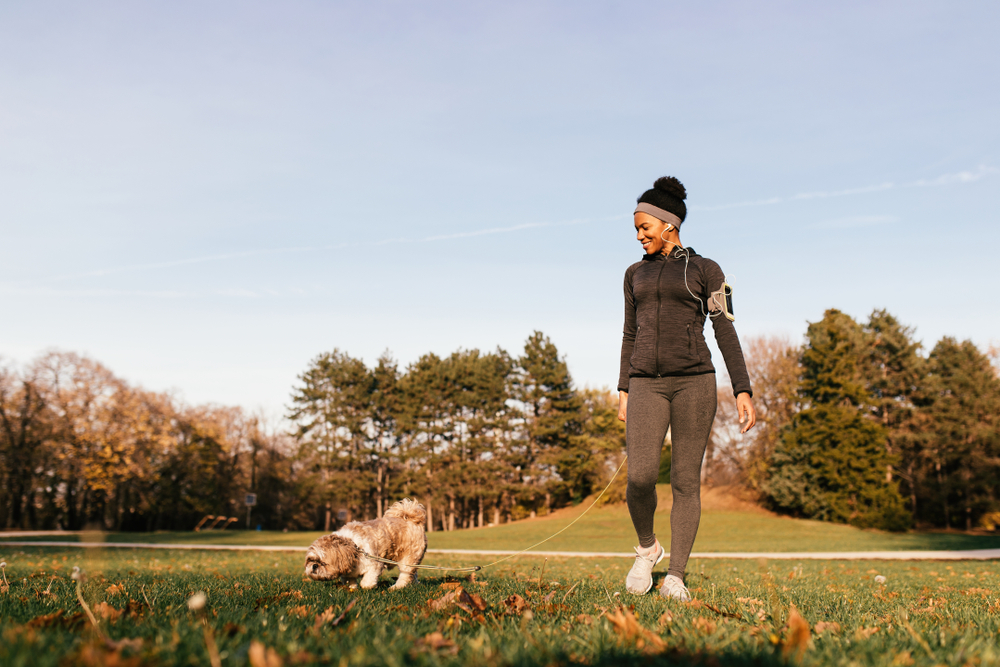You might blame your exhaustion on lack of sleep, too much stress, or not enough coffee, but what if the real culprit is how you walk? Your gait – the specific way you move your body through space – has a massive impact on how much energy you use throughout the day, and most people have developed walking patterns that waste energy and create unnecessary fatigue.
The way you place your feet, hold your posture, and coordinate your movements while walking can either support efficient energy use or create a constant drain on your physical resources. Small changes in your gait can dramatically improve your energy levels without requiring major lifestyle overhauls.
Inefficient walking patterns waste precious energy
Many people develop walking habits that require far more muscular effort than necessary. Overstriding – taking steps that are too long for your natural rhythm – forces your leg muscles to work harder with each step and creates impact forces that your body must absorb and recover from constantly.
When you overstride, your foot lands in front of your center of gravity, creating a braking effect with every step that your muscles must overcome to maintain forward momentum. This inefficient pattern can increase energy expenditure by up to 20% compared to more natural stride lengths.
Poor posture while walking also wastes energy. When you lean forward, hunch your shoulders, or tilt your head down to look at your phone, you’re fighting gravity with every step. These postural deviations require constant muscular effort to maintain balance and forward motion, leaving you more tired after routine activities like grocery shopping or walking to work.
Breathing coordination affects walking efficiency
Most people don’t realize that walking and breathing should be coordinated for optimal energy efficiency. When your breathing pattern doesn’t match your gait rhythm, you’re missing out on the natural energy savings that come from coordinated movement patterns.
Shallow, irregular breathing while walking limits oxygen delivery to your muscles and can create tension throughout your torso that interferes with efficient movement. Learning to breathe rhythmically while walking – typically two to four steps per breath cycle depending on your pace – can reduce perceived exertion and improve endurance.
Many people hold their breath or breathe erratically when walking uphill, climbing stairs, or moving faster than usual. This breath-holding creates unnecessary tension and forces your cardiovascular system to work harder to deliver oxygen to working muscles, contributing to faster fatigue.
Your feet and shoes create energy leaks
The way your feet contact the ground with each step significantly impacts how much energy walking requires. Landing heavily on your heels creates shock waves that travel up through your entire body, requiring energy to absorb and stabilize these impact forces.
Rigid, overly cushioned shoes can actually make walking less efficient by interfering with your foot’s natural shock absorption and energy return mechanisms. When your feet can’t flex and adapt naturally to the ground, other muscles must compensate, creating additional work throughout your legs and core.
People who consistently wear high heels or shoes with elevated heels develop altered gait patterns that persist even when barefoot. These changes in foot positioning affect the entire kinetic chain, potentially creating energy-wasting compensations throughout the body during all walking activities.
Core stability determines walking economy
A weak or poorly coordinated core forces your leg muscles to work overtime to maintain stability while walking. When your deep abdominal and back muscles can’t effectively support your spine and pelvis, your legs must compensate by working harder to control your center of mass with each step.
This lack of core stability often shows up as excessive side-to-side movement, bouncing up and down, or rotating too much while walking. All of these movement inefficiencies require additional muscular effort and can leave you feeling drained after activities that should be energizing.
Many people develop core weakness from prolonged sitting, which then affects their walking efficiency. The muscles that should provide stability during walking become inhibited or deconditioned, forcing other muscles to take over roles they’re not designed for.
Optimizing your gait for better energy
Start by paying attention to your natural stride length. Most people walk more efficiently when they take slightly shorter, quicker steps rather than trying to cover more ground with each stride. Your foot should land roughly under your center of gravity rather than far out in front.
Focus on maintaining upright posture while walking, with your head balanced over your shoulders and your shoulders over your hips. Imagine a string pulling you up from the top of your head to encourage length through your spine without creating tension.
Practice rhythmic breathing while walking, coordinating your breath cycles with your steps. Start with simple patterns like inhaling for two steps and exhaling for two steps, adjusting the rhythm based on your walking pace and comfort level.
Consider walking barefoot or in minimal shoes occasionally to allow your feet to move naturally and provide feedback about your gait patterns. Pay attention to how different surfaces and shoe types affect your energy levels during and after walking.














